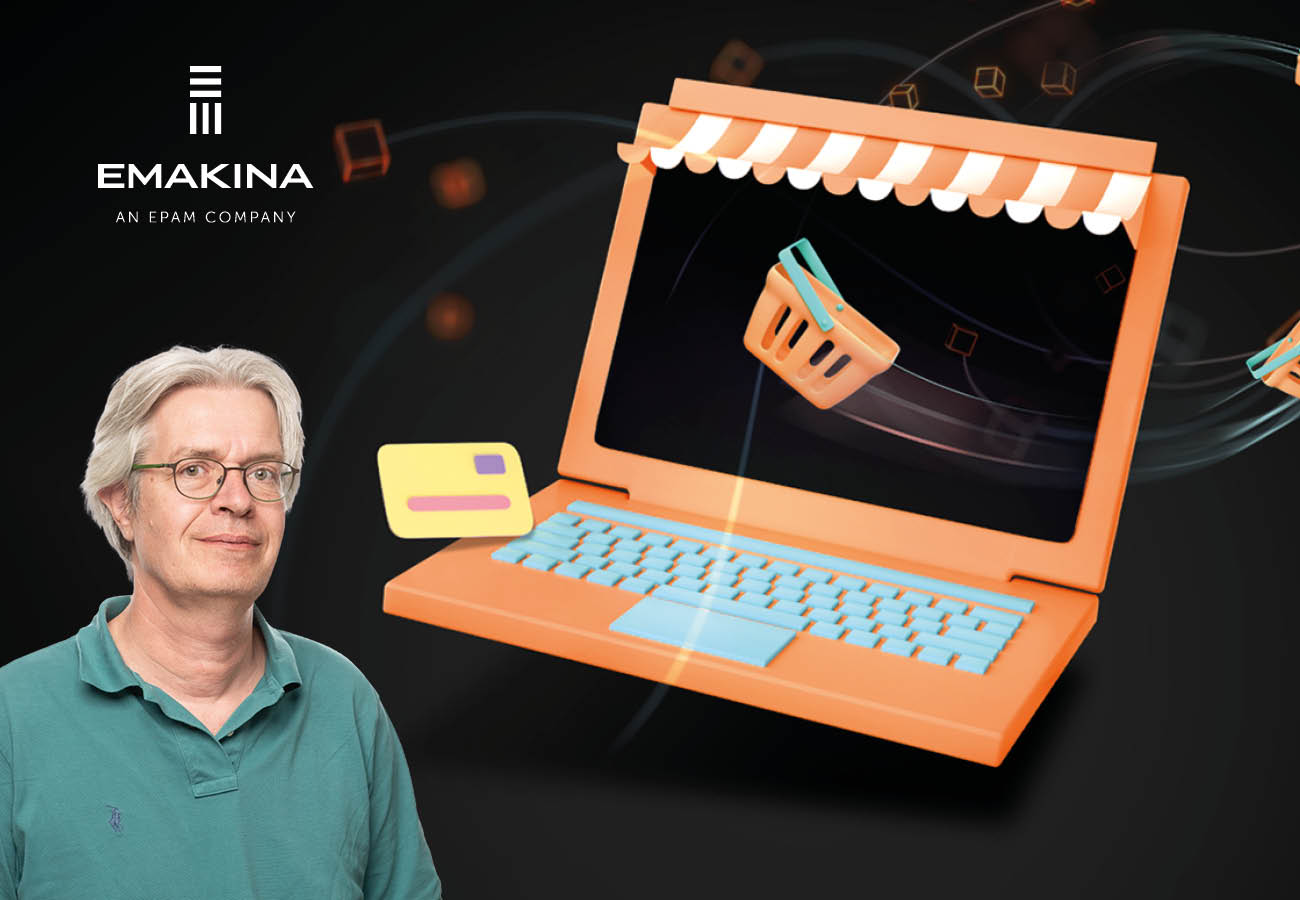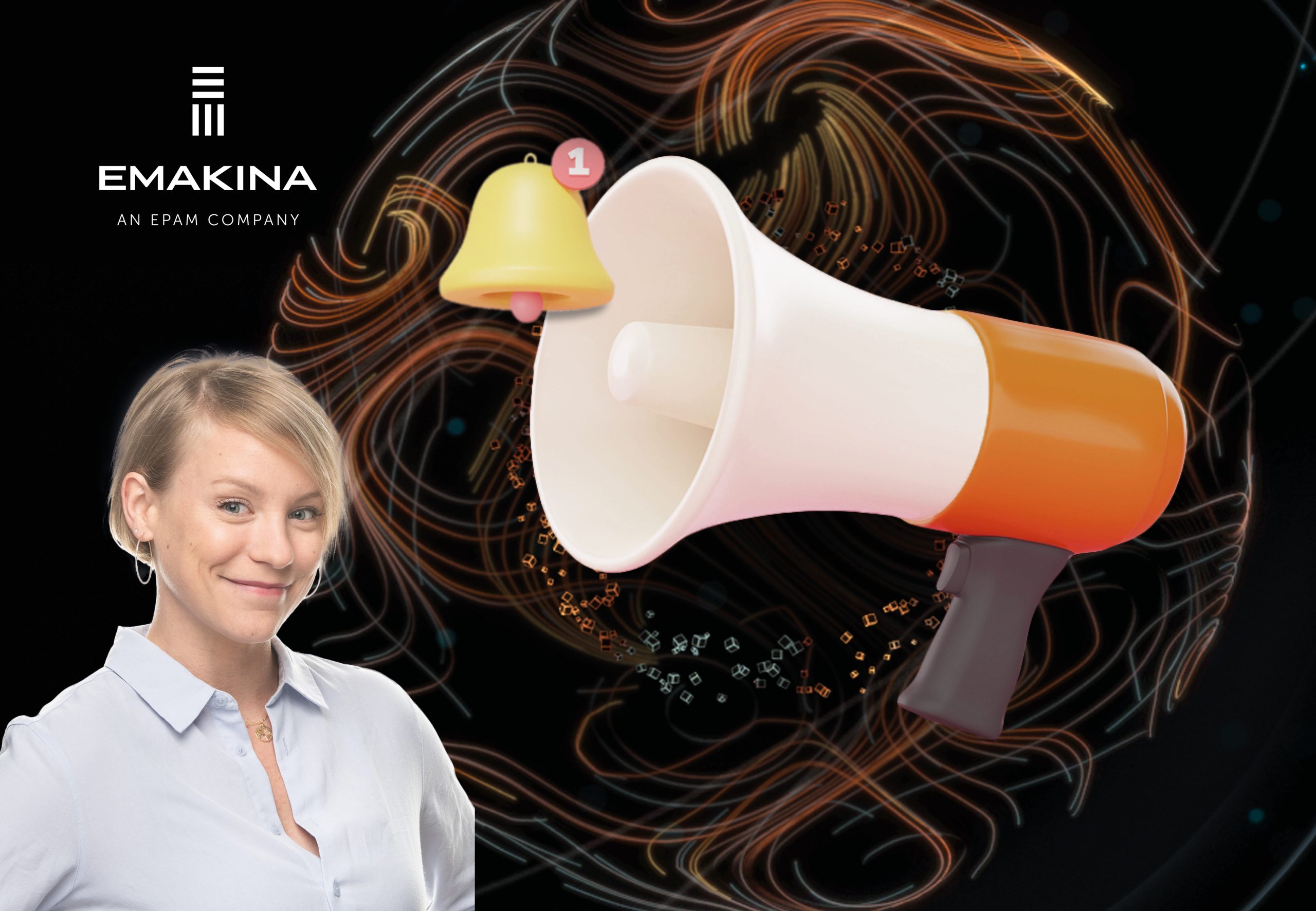How to design kick-ass pages and products by simply asking some questions
Every company wants to design digital solutions with a rich UX. To do this, they need a thorough understanding of how people interact with technology and experience these solutions. As humans we are hardwired to spot certain patterns and responses in our surroundings. We use these responses and patterns when we are solving problems in our day-to-day life.
Digital solutions are no different. The key to a smooth user experience is to design products and solutions which serve user goals. So, there are two questions you should ask yourself before hopping onto a website redesign or building a new application. The first question is how do your users solve problems? And the second question is let’s understand how users solve problems. Understanding this will provide you the key to unlocking a user-friendly experience on your website.
How do users solve problems?
At the heart of the answer to this question, lies the Action Cycle as explained by Don Norman.
This cycle can be used as a guide to crafting user flows to interaction design for your webpages. User goals are a very good starting point in crafting the interface and the experience as whole. But what exactly are they? Technically speaking, ‘User Goals’ are the end states that your user wants to reach. In most cases they refer to real-world end states and should not constrained to scope of the website.
User Goals could be anything, really, from an everyday simple task like checking when the next garbage collection date is in your street, to something more complex as customizing the work layout in photoshop. Mapping a set of user goals to your product or website can make the designing process more focused.
What comes after defining the ‘User Goal’?
Once you have a clear view on your user goal, you move on to ‘goal mapping questions’. The answers to these questions will guide the rest of your process.
The first question you should ask yourself is: how will users know their goal is achievable? It could be a hard thing to believe but this is one of the major reasons why users that visit your website bounce off, because they don’t understand what the website or solution is all about.
Your users must also be able to understand that your solution can help them achieve the purpose that they’re visiting your site for.
The second question to ask is: how do your users know what to do? Your users will almost completely rely on the navigation to find the information they are looking for or actions that they can perform. Using the right words in the navigation is the key to providing context and in creating an ‘information scent’ that can help the user to reach the goal.
The third question to ask is: how will your users know they’ve done the right thing? Your users are now following an information scent and trying to see if the scent gets stronger. Feedback is essential in making your users understand that they are on the right track.
The final question to ask is: how will your users know they’ve attained their goal? ‘Cognitive closure’ is a psychological term described as an individual’s desire for a firm answer to a question or a task and an aversion towards ambiguity. Ambiguity takes away the feeling of completeness which affects user experience. This feeling of ‘closure’ needs to be purposefully created on your website since your users are looking to see if they have completed a task successfully.
In conclusion
Using these 5 questions can help you to create a page structure that is inclined towards helping your users achieve their goals and making it more user-friendly. Furthermore, user tests can be used to ascertain if the above questions are being answered in your interface. The results of your user tests will give you more insights into what and how your users are interacting with your product, giving you ample opportunity to design even better for your user’s goals.
Weitere Beiträge im Blog
Zum Blog-
E-Commerce Trend #3 – Omnichannel. Worauf sollten Unternehmen 2023 achten? Unser Experte, Georg Kafka, im Interview.

-
E-Commerce Trend #2 – Social Media. Mehr als ein Trend? Unsere Digital Marketing Expertin, Verena Scheucher, im Interview.

-
Relationship marketing – noch im Trend?

-
E-Commerce Trend #1 – Künstliche Intelligenz. Was halten wir davon? Unser Experte im Interview.




